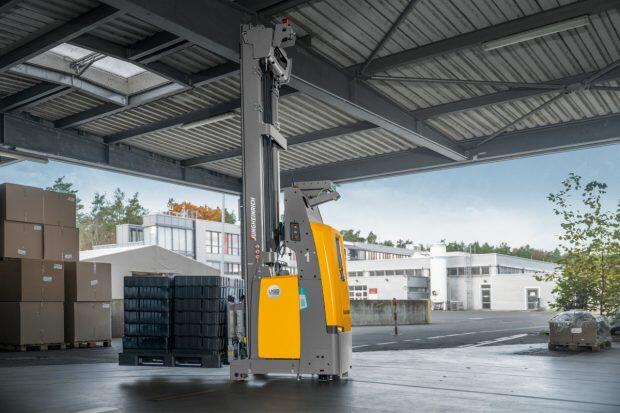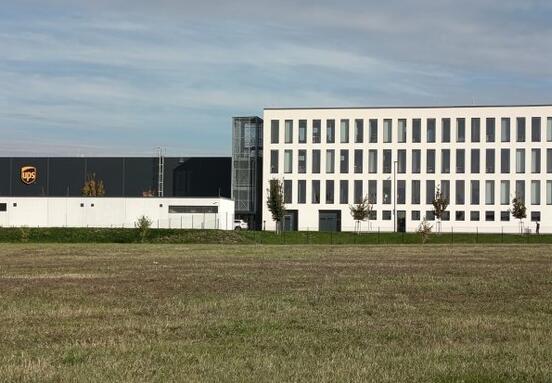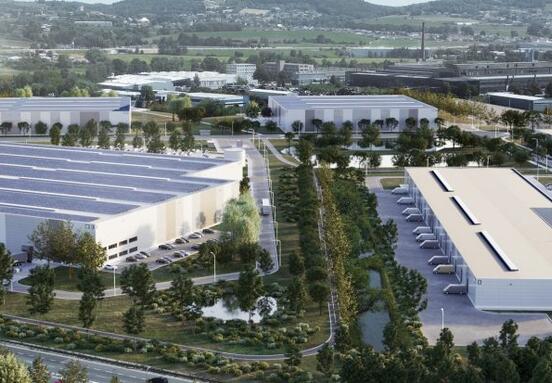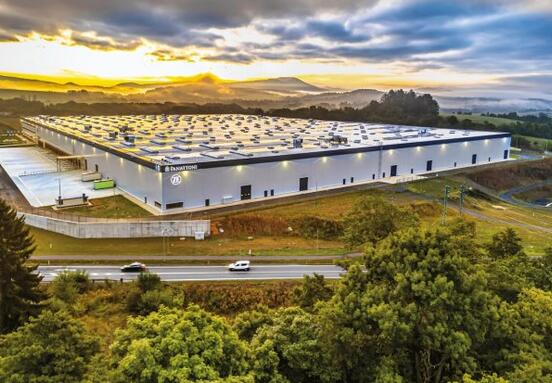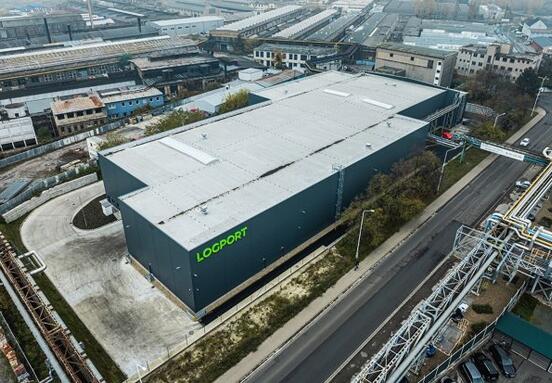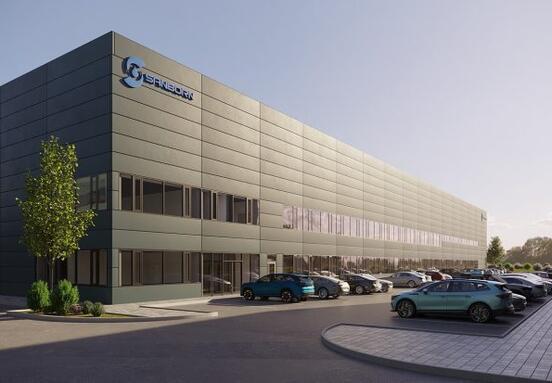In a significant move demonstrating the evolving landscape of industrial logistics, Warema, a leading player in its sector, has made a substantial investment in automating its new finished goods warehouse in Marktheidenfeld. This cutting-edge project, executed in collaboration with Jungheinrich, showcases a powerful trend: the shift towards intelligent, autonomous operations to enhance efficiency and future-proof supply chains.
The Drive Towards Automation: Warema's Strategic Investment
Warema's primary objective was to partially automate the intricate material flow between manufacturing and dispatch, including the autonomous servicing of seven injection molding machines. This initiative is a clear indicator that businesses are increasingly recognizing the value of automation in optimizing their operational throughput, reducing reliance on manual labor for repetitive tasks, and minimizing errors in high-volume environments.
Jungheinrich's Comprehensive Solution at a Glance
The deployed solution from Jungheinrich is a testament to integrated automation. It features the advanced arculee S robots alongside autonomous EKS 215a forklifts, meticulously handling goods transport within the facility. Seamless communication across the entire system is ensured via the robust Jungheinrich Logistics Interface. This combination of robotics and autonomous guided vehicles (AGVs) provides a highly efficient and reliable internal logistics network, capable of managing complex movements with precision.
Unlocking Operational Excellence and Scalability
Designed for continuous, 24-hour operation, Warema’s new automated warehouse exemplifies maximal uptime and productivity. A key benefit of such a system is its inherent scalability, allowing for seamless expansion to accommodate future growth and increased demand without significant disruption. This level of automation not only enhances process reliability and reduces operational bottlenecks but also strategically reallocates human resources to more value-added activities, freeing up personnel from routine tasks.
What This Means for Your Business and Future Warehouse Needs
Warema's pioneering step serves as a vital blueprint for other businesses contemplating their logistics infrastructure. For companies seeking new office or warehouse space, this case study underscores the importance of choosing facilities that are either pre-equipped for automation or offer the flexibility and structural integrity to integrate advanced robotic and autonomous systems. Modern warehouse design is increasingly focused on high ceilings, robust floorings, clear spans, and sufficient power supply to support these sophisticated technologies.
Choosing the Right Space for Advanced Logistics
When evaluating potential industrial properties, consider how a space can support your current and future automation ambitions. Look for properties that can facilitate streamlined material flow, have ample staging areas for goods, and possess the necessary infrastructure for charging stations and data connectivity required by autonomous fleets. Investing in a facility that can evolve with your operational needs, much like Warema has done, is key to achieving long-term efficiency and competitiveness in today's dynamic market.
Warema's investment in automated warehouse technology with Jungheinrich is more than just an upgrade; it's a strategic embrace of the future of logistics, offering valuable insights for any business aiming to optimize its supply chain operations.
Source: systemylogistiky.cz
